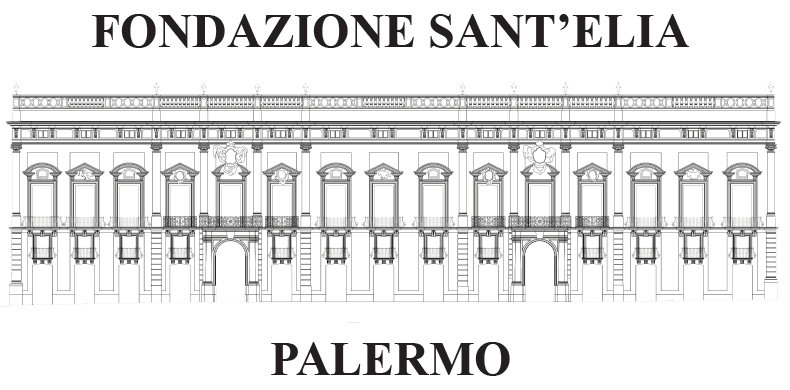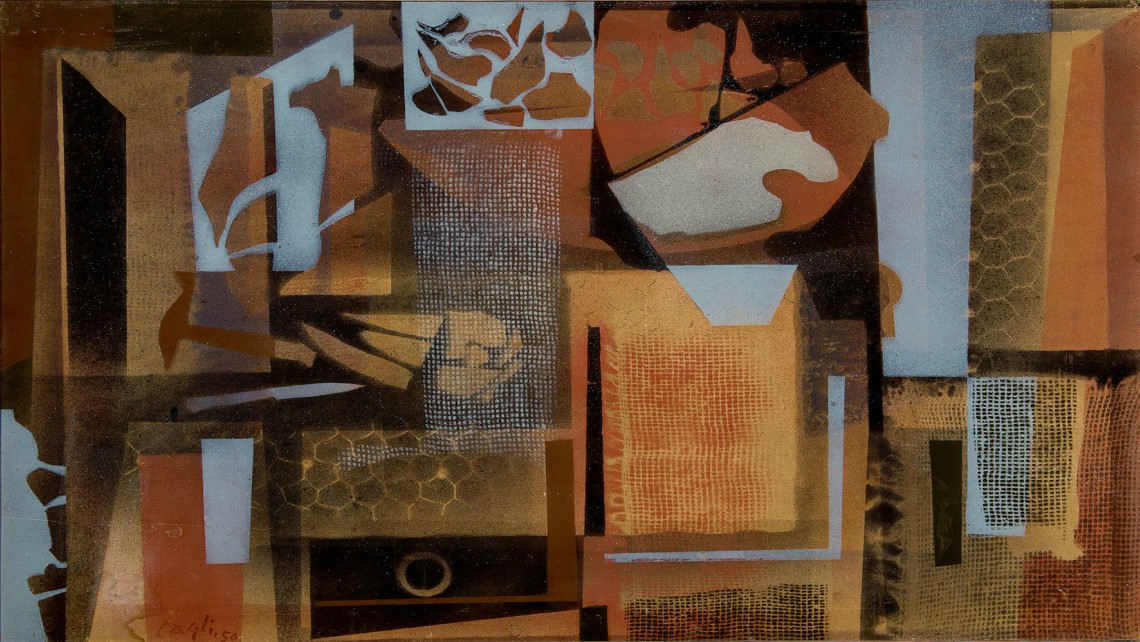OTHER ROOMS 50S AND 60S
By the Bank of Italy
Palazzo Sant’Elia – Palermo
extended until March 22, 2019
From the various branches of the Bank of Italy, collected in a single, important collection, forty works by thirty artists who marked the post-war period, in the fifties and sixties, arrive in Palermo, the Italian Capital of Culture 2018. The exhibition ” Other rooms from the 50s and 60s “, curated by Mariastella Margozzi and Morena Costantini and the works, collected for the occasion, arrive in Palermo for the first time.
A precious and varied heritage, which has been built up over time, managing to narrate the development of Italian figurative art and the country’s social transformations. A collection intended for the representative environments of credit institutions, but which emerges from management studios to travel through the same Italy that is part of the story. Art goes hand in hand with the recovery, the relaunch, the Italian “dream”; it tells of a country that emerged from the war that is painfully reborn in search of democracy, the well-being of families, greater freedom. A period that is reductive to define only as “lively”: it is “alive” and, at the same time, aware of the reality around it: it is the Italy of the first Sanremo Festival (1951), of maestro Manzi who from TV (1954) teaches adults to read and write; Pasolini’s “townships” against the Dolce Vita and the economic miracle; the “cardboard suitcase” vs jeans; of the Marshall Plan, of the comparison with the States, of the first washing machines and refrigerators; Enrico Mattei at ENI and Adriano Olivetti among private individuals. And here we are in the world of art: from the figurative tradition, still present in the early 1950s, to informal abstract art, the collective offers the opportunity to appreciate the compositions of the most famous Italian artists and the groups that formed in those years. “ More rooms takes its title – explains Mariastella Margozzi – from a work by Corrado Cagli from 1950, which testifies to the exit of these works from the “rooms” in which they are usually located, not visible to the public. Each of the works is unique in its own habitat and in the dialogue with it, but on this occasion they are offered together with the ambition to stretch threads that reconnect them to the flow of Italian art until the end of the 60s”.
From Lucio Fontana to Franco Angeli, from Renato Guttuso to Carla Accardi, from Turcato to Burri, from Ugo Attardi to Enrico Baj, Giorgio De Chirico, Tano Festa: creatives, storytellers, not at all inclined to give up arms, each convinced of his own ” sign”: everyone has something profound and intimate to communicate. The Banca d’Italia collection does not have a precise common thread, it is not oriented towards this or that trend, but includes works acquired above all on the national and international market, between the end of the 1980s and the 2000s, to respond to a need for representation. In this exhibition, a sort of puzzle is reassembled that provides an excellent contribution to the narration of the history of Italian art in the two decades of the 1950s and 1960s.
Timetables:
from Tuesday to Friday from 09.30 to 18.30 (last admission at 18.00)
Tickets:
Free admission
Orari:
da martedì a venerdì dalle ore 09.30 alle ore18:30 (ultimo ingresso alle ore18.00)
Biglietti:
Ingresso libero



